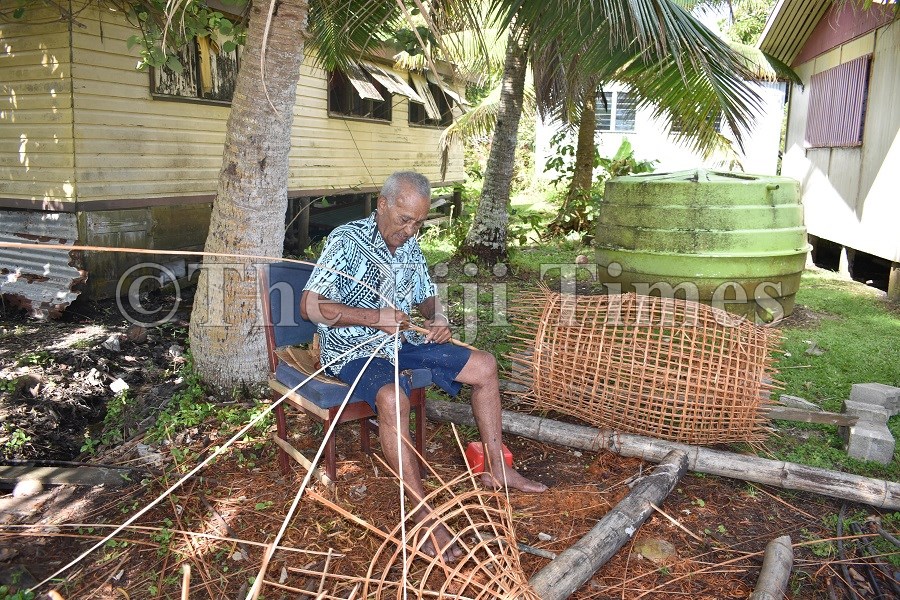LIKE every other clan on the chiefly island of Bau, the Lasakau tribe has a role to play in the traditional setup.
They are respected as traditional fishermen and are highly regarded as sea warriors with a rich history.
Clan elder Jemesa Ratumaitavuki said the Lasakau people had formed a warrior subculture in the pre-colonial state of Bau.
He said as sea warriors, they were instrumental in spreading Bau’s political power throughout Fiji and contributed to the islet’s growing sphere of influence.
Mr Ratumaitavuki said it was because of their prowess at sea that the Lasakau clan made their home along the coast, fringing Bau Island.
Because of this, they became known as the traditional “bai kei Bau” — the war fence of Bau — protecting the island from marauding tribes.
He said their clan was of seafarers whose extensive ties could be verified by the many traditional blood links to the far-flung islands of Fiji.
As the traditional fisher clan to the Roko Tui Bau, the people of Lasakau are the traditional makers of the wea, a fish trap made from tender mangrove stalks and bark.
Mr Ratumaitavuki is the last remaining member of the clan who still knows how to make this intricate trap.
Today, at 87 years of age, he has begun sharing his knowledge of the wea. He said passing down the skill had been difficult because fishermen on the island showed more interest on the easier methods of fishing where they could increase their catch and get a sizable income.



